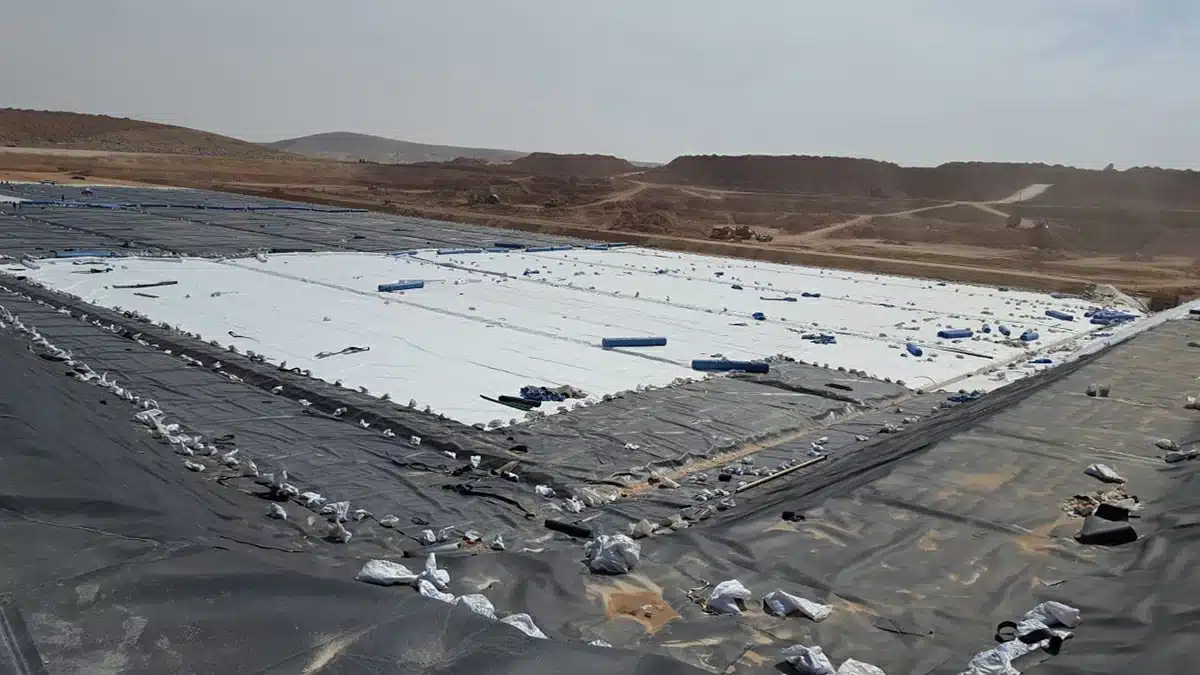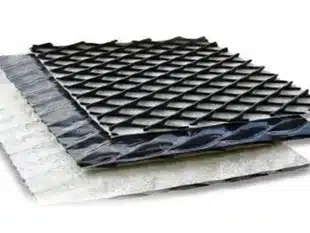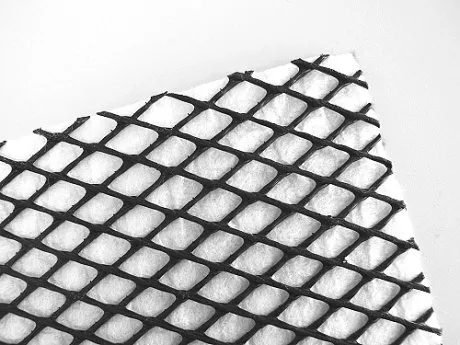+86-159 9860 6917
info@geofantex.com
geofantex@gmail.com
+86-400-8266163-44899
Geocomposites, a sophisticated fusion of geosynthetics and other engineering materials, have carved a niche in the realm of civil engineering. These hybrid materials combine the best properties of their constituent components, typically offering enhanced functionality in drainage, barrier systems, and reinforcement solutions. In this article, we’ll explore how geocomposites are revolutionizing projects from roadways to retaining walls, shedding light on their applications, advantages, and future prospects.

What are geocomposites, and how are they made?
Geocomposites are engineered materials made by combining two or more different products, such as geotextiles, geomembranes, geonets, or geogrids with other materials like soil and concrete. This combination leverages the unique properties of each component, resulting in a product that can perform multiple functions. For example, a typical geocomposite might consist of a drainage core bonded to a filter fabric, designed to facilitate water flow while preventing soil erosion.
What are the primary applications of geocomposites?
Geocomposites are versatile and can be used in a variety of engineering contexts. Key applications include:
- Drainage: Used in roadbeds and behind retaining walls to prevent water accumulation and promote stability.
- Landfills and containment: Acts as barriers to prevent contamination of surrounding areas by hazardous or non-hazardous liquids.
- Erosion control: Helps stabilize slopes and embankments, particularly in areas susceptible to erosion.
- Reinforcement: Used in the construction of roads, railways, and earth walls to distribute loads and increase strength and stability.

What are the benefits of using geocomposites compared to traditional materials?
Geocomposites offer several compelling advantages over traditional materials:
- Enhanced durability: They are designed to withstand harsh environmental conditions and mechanical stresses.
- Cost-effectiveness: Reduce the need for natural aggregate materials and minimize construction time, leading to significant cost savings.
- Environmental impact: Offer sustainable solutions by minimizing the disturbance to the local environment and reducing the carbon footprint of projects.
- Versatility: Can be customized to meet the specific needs of various projects, enhancing their efficiency and effectiveness.
What does the future hold for geocomposites in civil engineering?
The future of geocomposites looks promising with ongoing advancements in material science and manufacturing technologies. Innovations such as smart geocomposites equipped with sensors for real-time monitoring of structures are on the horizon. Moreover, the increasing focus on sustainable and resilient infrastructure projects is likely to drive further adoption and development of geocomposites in new and existing applications.
Geocomposites represent a significant leap forward in the field of civil engineering, offering innovative solutions that enhance the efficiency, durability, and environmental sustainability of construction projects. As technology evolves and the emphasis on green building practices increases, geocomposites are set to play an even more crucial role in shaping the landscapes of tomorrow. With their versatile applications and substantial benefits, geocomposites not only address the current demands of the engineering world but also pave the way for future advancements.



Get Free Sample
We’ll respond as soon as possible(within 12 hours)






















